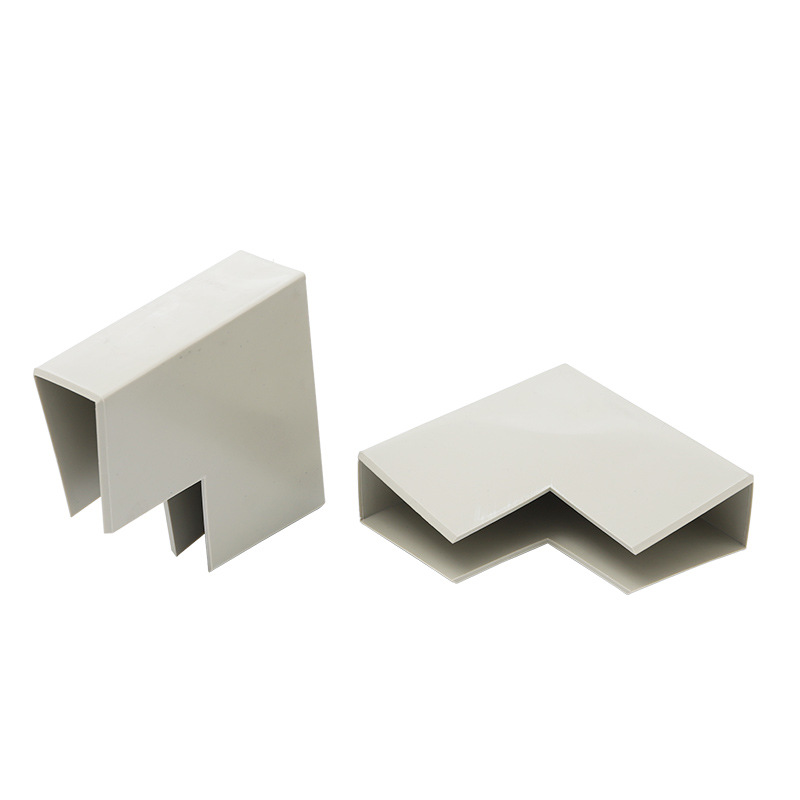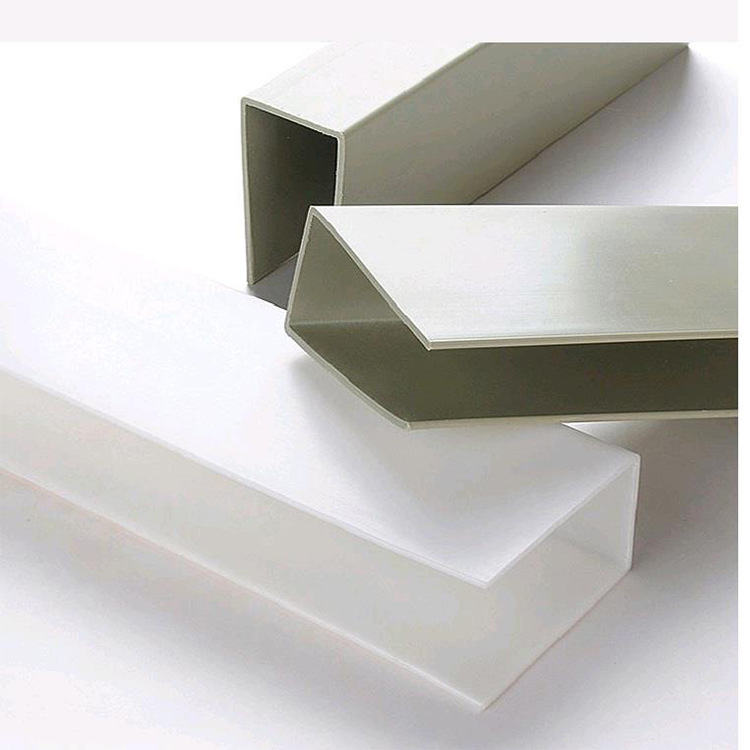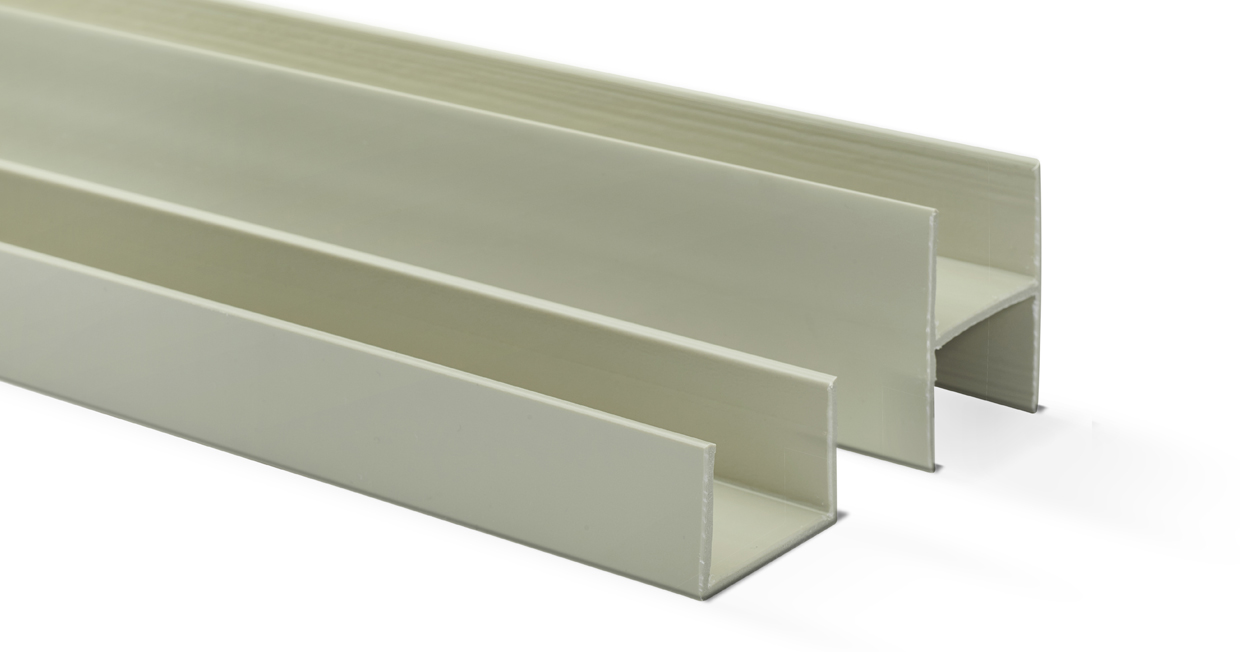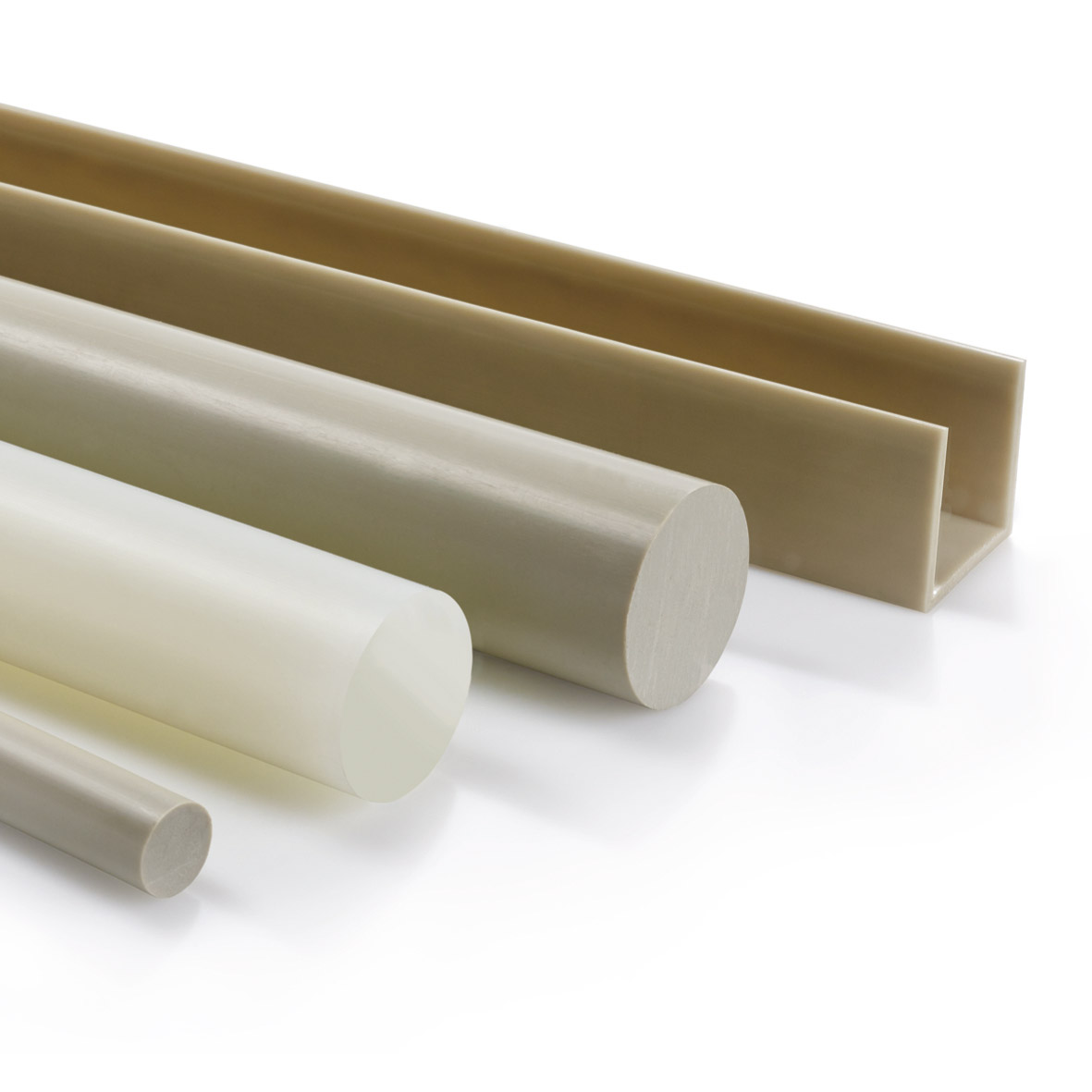Shiyan City has developed a robust automotive and parts industry, with over 200 companies and more than 4,000 products in the sector. Among them, over 100 are large-scale component manufacturers, while 22 are整车 (complete vehicle) companies, including 19 local enterprises. In 2006, the city produced 145,000 vehicles of various types, contributing to a total automobile industry output value of 26.3 billion yuan—accounting for 64% of the city's overall industrial output. This highlights the dominant role of the auto industry in Shiyan’s economy.
Between 2001 and 2006, the city exported a total of $133.454 million worth of automotive products, making up 23.1% of the province’s total auto exports and 51.6% of the city’s foreign trade exports. From July 2007 to July 2008, the export volume reached $16.19 million, marking a 24.8% year-on-year increase and accounting for 47.8% of the city’s total foreign trade exports.
The export of automotive products from Shiyan exhibits several key characteristics:
First, vehicle exports remain the core of the industry. Between 2001 and 2006, the city exported around 6,529 vehicles, which accounted for approximately 70% of total auto and parts exports. Since 2007, the city has actively explored international markets under national regulations on auto exports, leveraging its strong automotive industry base. In the period from July 2007 to July 2008, the city exported 789 vehicles, a 73.4% increase compared to the previous year. This included 6 new exporters—two manufacturing firms and four trading companies—with a total of 349 units exported, valued at $3.649 million.
Second, small and medium-sized enterprises (SMEs) have seen rapid growth in exports. The city currently has 112 qualified enterprises engaged in auto and parts imports and exports, including 51 manufacturing firms, 38 trading companies, and 23 foreign-funded enterprises. In 2006, 17 companies had export records, while between July 2007 and July 2008, 18 companies achieved exports—an increase of 4.5 times compared to 2001. Of these, 10 were new exporters in 2007. With the exception of Hubei Dongfeng Automobile Industry Import and Export Corporation, all other exporters are SMEs.
Third, major enterprises continue to dominate the market. Hubei Dongfeng, as the leading exporter, consistently leads the city’s auto and parts exports. From 2001 to 2006, it exported $11.7224 million worth of goods, averaging 87.9% of the city’s total auto exports. Although its share has slightly declined in recent years, it still accounts for over 60% of the total.
Fourth, product quality has been steadily improving. Through strategies such as "strengthening trade through science and technology" and "winning through quality," local exporters have enhanced their focus on product quality and brand reputation. Companies are accelerating technological upgrades, investing in R&D, and strengthening quality control systems. According to surveys, 85% of export companies have passed quality management and environmental system certifications, and 42% believe their production technology is relatively advanced compared to international competitors.
Finally, the export market has become increasingly diversified. Shiyan’s automotive products are primarily exported to Asian and African countries, such as Myanmar, Vietnam, Pakistan, Yemen, Angola, Egypt, and Sudan. A smaller portion goes to developed regions like the U.S., Japan, and Western Europe. Since 2007, exports to Russia and neighboring countries have shown promising results, with more than 20 vehicles directly exported and over $1 million in value generated. This marks the beginning of a diversified export market strategy for Shiyan’s automotive and parts industry.
PP Extrusion Profile
HONYPRO®PP profile is also called polypropylene. PP plastic is isotactic crystal and has good thermal stability, but the material is brittle and easy to break, mainly polypropylene material.
In comparison with PE, Polypropylene is the harder variant among plastics. It is a structured crystalline plastic that is very difficult to extrude. Only a few profiles can be extruded from polypropylene. In comparison to HDPE, PP is stiffer and has a harder surface. However, the mechanical qualities combined with its heat and chemical resistance make it a valuable plastic.
The chemical stability of PP polypropylene is very good, except that it can be corroded by concentrated sulfuric acid, it is relatively stable to various other chemical reagents, but low molecular weight aliphatic hydrocarbons, aromatic hydrocarbons and chlorinated hydrocarbons can soften and swell polypropylene, At the same time, its chemical stability improves with the increase of crystallinity, so polypropylene is suitable for making various chemical pipes and fittings, and has good anti-corrosion effect.
Electrical properties: PP has a high dielectric coefficient, and with the rise of temperature, it can be used to make heated electrical insulation PP plastic profile products. It also has a high breakdown voltage and is suitable for use as electrical accessories, etc. Good voltage resistance and arc resistance, but high static electricity, easy to age when in contact with copper.
The PP material is also food-grade, and the plastic profiles produced can hold high-temperature food. Most microwave lunch boxes are made of PP plastic profile products, which can withstand high temperatures of 130 ° C, but the transparency is poor. It is a plastic that can be put into a microwave oven. The box can also be used to hold high-temperature food and can be reused after cleaning.
Polypropylene (PP) is a hugely versatile plastic due to its low cost, durability and excellent tolerance of both chemical substances and high temperatures. It is available in different grades dependent on the application, for instance, food grade polypropylene is used in a wide range of food and non-food packaging. Other common applications for polypropylene include stationery, toy parts, automotive components and gardening products
Polypropylene properties
The properties of polypropylene are very similar to polyethylene, although there are some specific differences. Polypropylene has a greater rigidity and hardness, is lower density and has a higher melting point of 160oC, therefore offering excellent electrical and heat resistance.
The most popular grades for polypropylene extrusions are:
Homo-polymer – a general purpose grade with good fatigue resistance due to its stiffness and clarity.
Co-polymer – used for applications where higher impact and greater transparency is required e.g. non-load bearing hinges.
Polypropylene is also recyclable, so extruded polypropylene products can be reground and reused at the end of their working life to produce other plastic products
Polypropylene extrusions in use
We manufacture a diverse range of custom polypropylene profiles and tubes for our customers, including:
Oil pump tubes
Protective plant and tree sleeves
Polypropylene parts for toys
Handles and shafts
Food grade tubing and sample tubes




Polypropylene Extrusions,PP Polypropylene Extruder,PP Window Profiles,Polypropylene plates,PP profiles
Hony Engineering Plastics Limited , https://www.honyplastic.com



